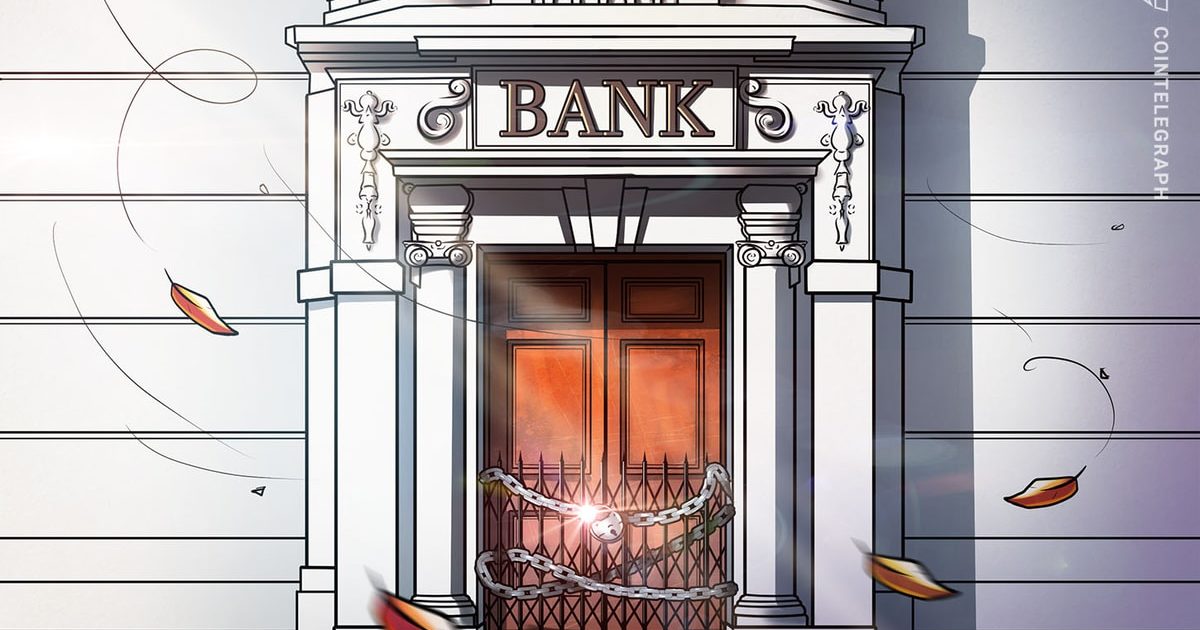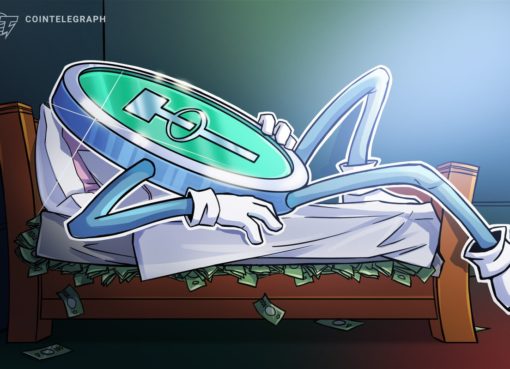The image of a presidential candidate destroying a model of the central bank with a sledgehammer will not leave Argentines’ memories for a long time. But once President-elect Javier Milei is seated on the throne on Dec. 10, will he still have the courage to follow a winding and risky path?
Argentina carries — with its nine defaults — the title of world champion in the category of defaulting on risk. It is currently the International Monetary Fund’s largest creditor, and with a credit risk assigned by Fitch Ratings as CCC — fourth from the bottom score — it needs to fundamentally change its economy.
I’m no fortune teller, but I can offer some insight into the process. Let’s start by recognizing that it is not impossible for a country to live without a central bank. Currently, there are 198 countries and 180 currencies. Ten percent of them do not use their own currency.
Related: Bitcoin-friendly Javier Milei wins Argentina presidential election
Another important reality is that the IMF does not have “monetary” in its name unintentionally. It likes central banks, and aArgentina’s main creditor, its opinion will be very important in the process.
In a recent campaign ad, Javier Milei appears receiving the clothes of Capitan Ancap, his superhero counterpart, and destroying the argentine Central Bank with Thor’s Hammer. pic.twitter.com/qw1MxSDpEG
— Crazy Ass Moments in LatAm Politics (@AssLatam) November 19, 2023
We also have Argentina’s monetary base. According to the county’s latest balance sheet, that figure stands at $7.7 billion. (That’s 220,000 Bitcoin, for those keeping track, and just slightly more than MicroStrategy’s $6.9 billion valuation.) For comparison, the U.S. monetary base is greater than $5 trillion.
That figure suggests the challenge of replacing the monetary base will be great, but not insurmountable. One of the difficulties of exchanging currency is obtaining paper money for day-to-day activities, but we in the crypto world know that both stablecoins and Bitcoin can help a lot in this process.
It would make sense if Milei uses the blueprint established by El Salvador. That would mean first adopting the U.S. dollar, and to subsequently begin accepting Bitcoin.
A currency generally requires “legal tender” status, which means that all establishments in the country are required to accept it. Milei may institute a major policy change in this regard. If he is really a liberal (the classical term for “libertarian”), he may allow the market to decide which currencies succeed.
Related: History tells us we’re in for a strong bull market with a hard landing
It is well known that Argentines keep a large amount of savings in dollars outside of their country. The numbers are uncertain, but it could be in the range of S100 billion to $300 billion. But what is really important is that, under the new exchange-rate rules of this new government, that money may feel comfortable returning to the country.
Meet Argentina’s new president Javier Milei.
When he was growing up, kids called him “The Madman” because of his energetic outbursts.
At the age of 18, Milei, who was a soccer player, gave up the sport to pursue a career in economics.
Milei started getting famous for debates… pic.twitter.com/fK31aNFb5Q
— Collin Rugg (@CollinRugg) November 20, 2023
Argentina — even during the Menem period of the 1990s — did not have a fully convertible currency. So the first thing the future government is likely to do is unify all exchange rates and decree the currency’s free convertibility. If it doesn’t do that, we should start to get worried.
As a final observation, it’s important to note that the central bank and the treasury are two completely different entities. It is possible for a country to work without a central bank, but it’s more difficult not to have a treasury that controls inflows (via taxes) and outputs (via public spending).
Treasuries are also the issuers of government bonds. While a country can issue bonds in foreign, it does not control the currency printer. That increases the risk of not having the currency to pay for the bonds. That means a country’s debt capacity decreases, forcing it to work with a much lower level of leverage and a revenue and expenditure policy compatible with that reality.
Notably, that also forces a country to be extremely efficient with its fiscal policies. That outcome is most likely at the root of Milei’s proposal.
Alexandre Vasarhelyi is a partner at BLP Gestora responsible for managing cryptocurrency funds. He became involved with digital assets at the beginning of 2017, after more than 23 years in the traditional financial sector, where he worked on proprietary trading desks including Banco Indosuez, Credit Suisse, Deustche Asset Management, ING Bank and Banco Pine. He has operated fixed and variable income assets, currencies, options, and commodities in local and international markets. He holds a degree in Production Engineering from Escola Politécnica of the University of São Paulo, a postgraduate degree from Rio de Janeiro’s Fundação Getulio Vargas (FGV), and an MBA from the Brazilian Institute of Capital Markets.
This article is for general information purposes and is not intended to be and should not be taken as legal or investment advice. The views, thoughts, and opinions expressed here are the author’s alone and do not necessarily reflect or represent the views and opinions of Cointelegraph.




